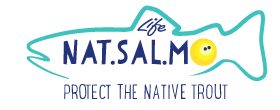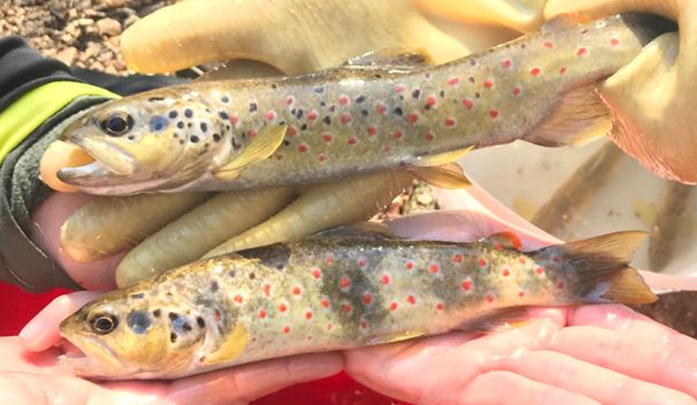One of our cages for the control of the breeding was positioned in the Rio Caprionero, because it is from there that the trout from the Volturno river go back to go to reproduce. In fact, the main course of the river, although it has a good substrate for reproduction, is vulnerable due to the floods that can sweep away the natural friezes. In contrast, spring streams are stable habitats that provide protection for eggs and the very early stages of development. In truth, the breeding animals that enter the stream (the males anticipate the females) expose themselves to far greater dangers than those experienced in the deep currents of the main river, defying the herons and their sharp beaks and above all the otters, their predators. The males guard the breeding sites for months, so much so that between struggles for dominance and foiled attacks by predators, those who survive the winter seem to have made war. The females enter the streams only for breeding and immediately return to the main course. Even young individuals born in the Rio Caprionero, in the first months of life, leave the scrub sites to head towards the Volturno river. We have observed that a resident population lives in Rio Caprionero, whose individuals come into reproductive contact every winter with those of the main course of the Volturno.
Not all newborns decide to grow in the Volturno: a small part remains in the birth sites, growing much more slowly and evolving very particular liveries. We found some resident female with ready eggs only 15 cm long, unlike the Volturno fish that mature lengths starting from 30 cm. The typical dark bands that characterize the fish of the Volturno are always present, but the individuals of the Rio Caprionero develop a livery with irregular red spots to such an extent that some individuals do not even present any black point!
(In the photo: a couple, male and female, with the typical livery of individuals resident in the Rio Caprionero, captured a few hundred meters from the Volturno river).



